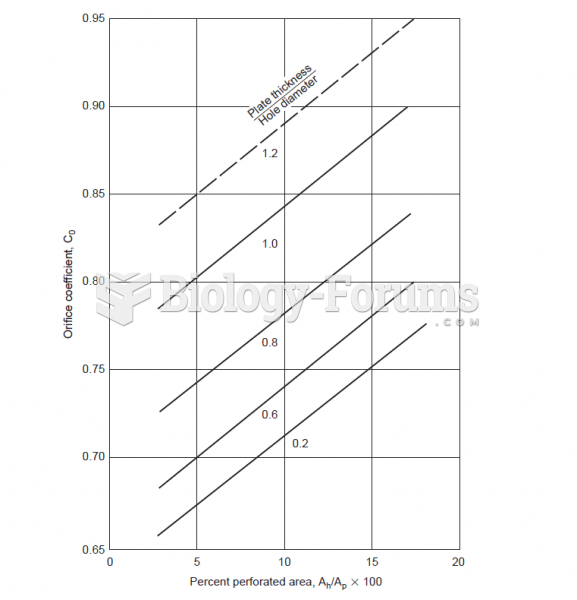|
|
|
Though Candida and Aspergillus species are the most common fungal pathogens causing invasive fungal disease in the immunocompromised, infections due to previously uncommon hyaline and dematiaceous filamentous fungi are occurring more often today. Rare fungal infections, once accurately diagnosed, may require surgical debridement, immunotherapy, and newer antifungals used singly or in combination with older antifungals, on a case-by-case basis.
Warfarin was developed as a consequence of the study of a strange bleeding disorder that suddenly occurred in cattle on the northern prairies of the United States in the early 1900s.
By definition, when a medication is administered intravenously, its bioavailability is 100%.
Eat fiber! A diet high in fiber can help lower cholesterol levels by as much as 10%.
Egg cells are about the size of a grain of sand. They are formed inside of a female's ovaries before she is even born.







